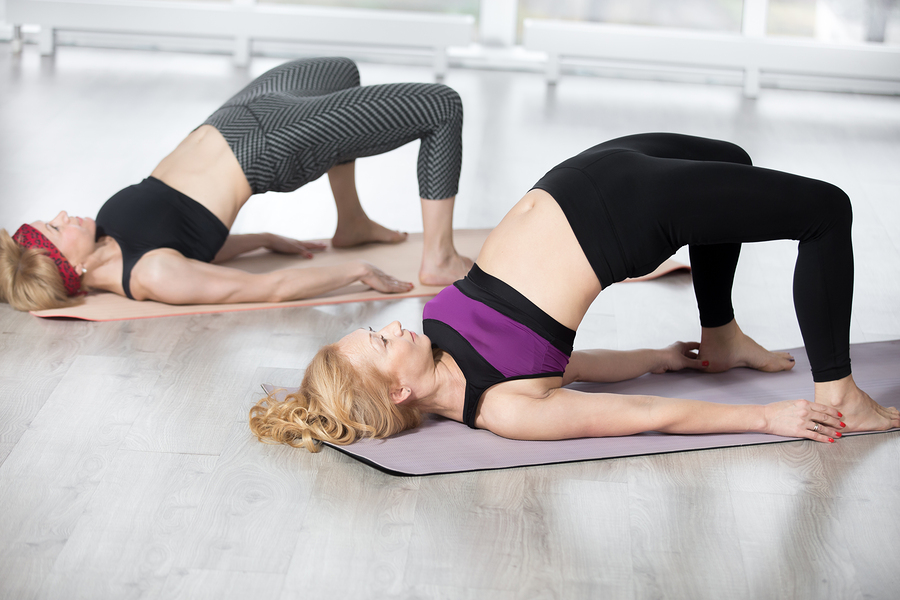Kettlebell workouts have gained popularity for their effectiveness in building strength, enhancing cardiovascular fitness, and promoting overall functional movement. For beginners, embarking on a kettlebell journey might seem daunting, but with the right guidance and a focus on mastering the basics, it can be a rewarding and transformative experience. In this article, we’ll explore the fundamentals of Kettlebell workout beginner, covering proper technique, essential exercises, and tips to ensure a safe and efficient workout.
Understanding the Kettlebell
- Choosing the Right Kettlebell:a. Start Light: For beginners, it’s advisable to begin with a lighter kettlebell to master proper form and technique before progressing to heavier weights.b. Handle Grip: Ensure the kettlebell you choose has a comfortable grip, allowing you to maintain control during exercises.
Essential Kettlebell Exercises for Beginners
- Kettlebell Swing:a. Technique:
- Begin with the kettlebell on the ground in front of you.
- Hinge at the hips, keeping the back straight, and grab the kettlebell with both hands.
- Explosively stand up, swinging the kettlebell to chest height while engaging your core and glutes.
- Allow the kettlebell to swing back between your legs and repeat.
- Builds hip and glute strength.
- Improves cardiovascular endurance.
- Goblet Squat:a. Technique:
- Hold the kettlebell close to your chest with both hands.
- Stand with feet shoulder-width apart.
- Lower into a squat, keeping the chest up and the kettlebell close.
- Push through the heels to return to the starting position.
- Targets the lower body, including quads, hamstrings, and glutes.
- Emphasizes proper squat mechanics.
- Turkish Get-Up:a. Technique:
- Lie on your back, holding the kettlebell in one hand, arm extended.
- Use both hands to press the kettlebell overhead.
- With the opposite leg bent, stand up while keeping your eyes on the kettlebell.
- Reverse the movement to return to the starting position.
- Enhances full-body strength and stability.
- Challenges core muscles and shoulder stability.
- Kettlebell Deadlift:a. Technique:
- Place the kettlebell between your feet.
- Hinge at the hips, keeping a neutral spine, and grasp the kettlebell.
- Stand up, pushing through the heels and engaging the glutes.
- Lower the kettlebell back to the ground with control.
- Strengthens the posterior chain, including the back, hamstrings, and glutes.
- Teaches proper hip hinge mechanics.
Tips for a Safe and Effective Kettlebell Workout
- Focus on Form: Prioritize proper form over lifting heavy weights. This ensures you target the right muscles and reduces the risk of injury.
- Gradual Progression: Start with a manageable weight and gradually increase as your strength and proficiency improve.
- Warm-Up: Perform a dynamic warm-up to prepare your muscles and joints for the demands of kettlebell exercises.
- Breathing Control: Coordinate your breathing with each movement. Typically, exhale during the effort phase and inhale during the relaxation phase.
- Rest and Recovery: Allow adequate time for rest between sets to prevent fatigue-induced errors in form and promote recovery.
- Seek Professional Guidance: If possible, consult with a certified kettlebell instructor to receive personalized guidance on technique and workout programming.
Conclusion
Embarking on a kettlebell workout journey as a beginner can be both exciting and challenging. By focusing on the fundamentals, mastering proper technique, and gradually progressing, you can build a strong foundation for future success in kettlebell training. Remember, consistency is key, and it’s important to listen to your body to avoid overexertion and injury. With dedication and the right approach, kettlebell workouts can become a dynamic and enjoyable addition to your fitness routine, helping you achieve your strength and wellness goals.
